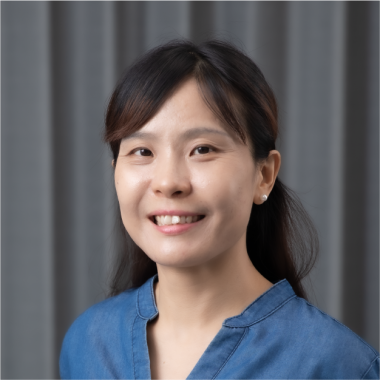

(1) To establish a platform of multidimensional data of middle-aged and older Chinese adults.
(2) To analyze the data to inform the lifestyles and needs of the growing older adults ranging from health to technology.
In the first step, objective measures of health (physical activity, sleep, circadian rhythm, and light exposure) and mobility data (activity space) that extends conventional population-based health questionnaire will be collected; afterward, parameter calculation of these data will be evaluated and contributed to the Middle-aged and older Chinese adults’ health and actigraphy database (MOCHA). Population classification and identification approach based on parameters in the database will be established, and then parameters will be transformed into structural health promotion modules. In the second step, behavioral modules will be transferred to describe potential needs of eHealth of the middle-aged and older Chinese adults and to store to MOCHA platform for on-going technology-related innovation, prototype test and user feedback.
This project is currently in its first phase. In order to collect data on different lifestyles, we recruited older adults from a variety of settings, including the community, the clinic, day care centers, and nursing homes. In addition, we also recruited older adults with their migrant home care workers to explore their sleep concordance. To date, we have collected data from around 300 participants. All participants were asked to wear wearable actigraphy devices and complete questionnaires and diaries to record their subjective and objective data. Subgroups of participants were asked to collect their GPS data. The raw data of actigraphy have been generated into four domains of health-related variables, including physical activity, sleep, circadian rhythm, and light exposure. The raw GPS data have been generated into GPS-related variables, such as the points of interest (POI). A multidimensional dataset of older adult profiles with different types according to their socio-demographic and physical-psycho-social characteristics is being established now.
This information service platform can benefit multiple users. First, the information about aging population help the product developers to segment their market, understand their target audience, and enhance the value of products among older adults. Second, the older adults themselves, with the integrated information, it gives an overall feedback to middle-aged and older adults and to help them realize their health conditions, activity performance and preference. Third, the care providers, with both the subjective and objective health data, it provides multiple assessments and feasible suggestions for health promotion. Forth, the academic researchers, who can access relevant data for aging research via this information service platform.